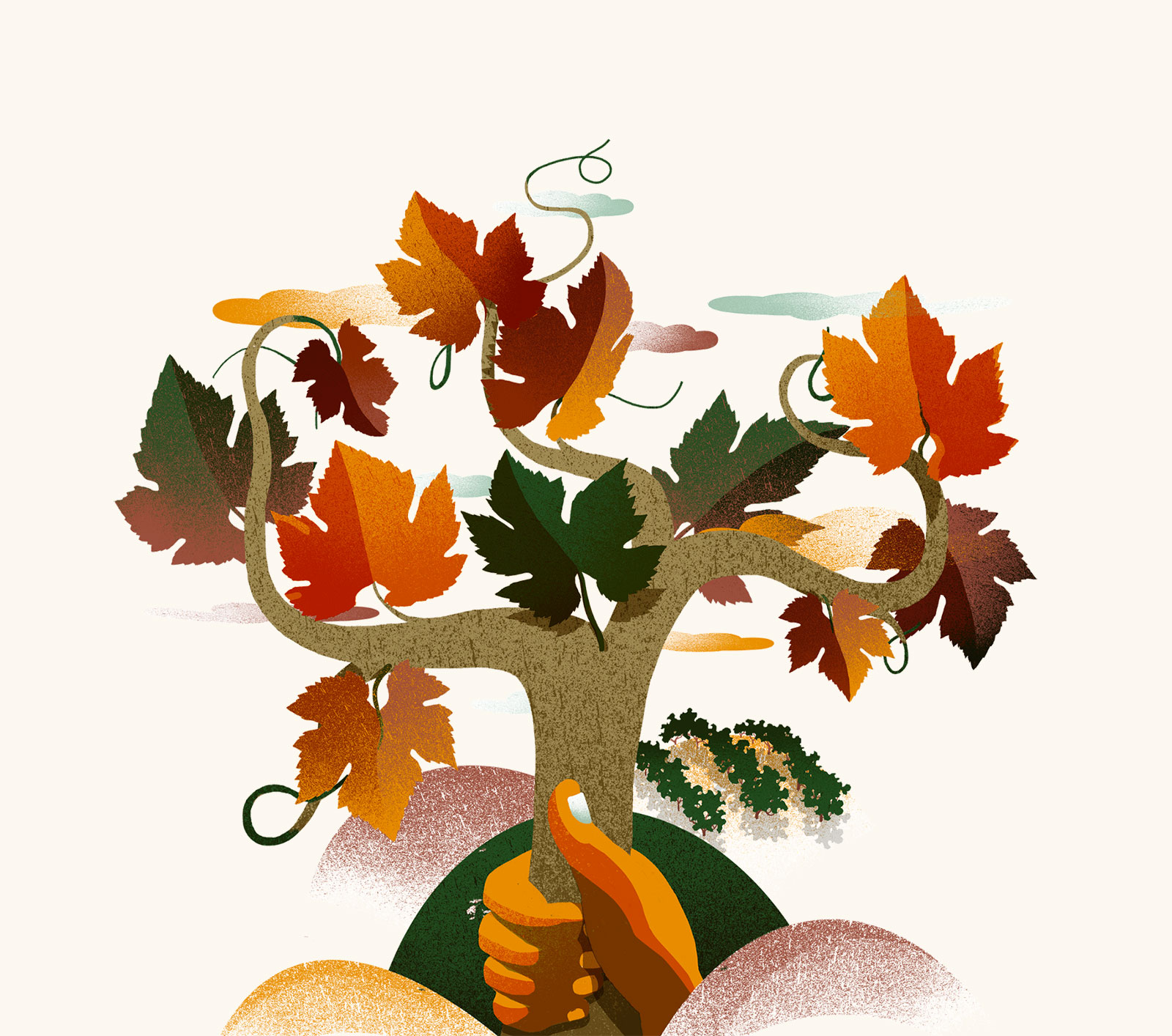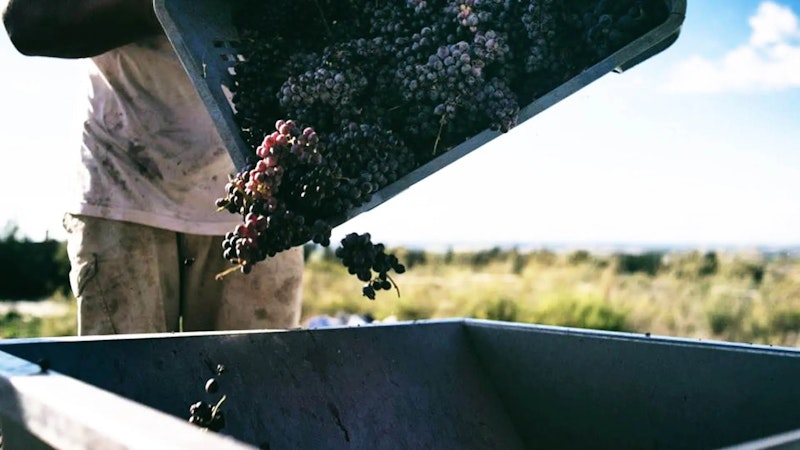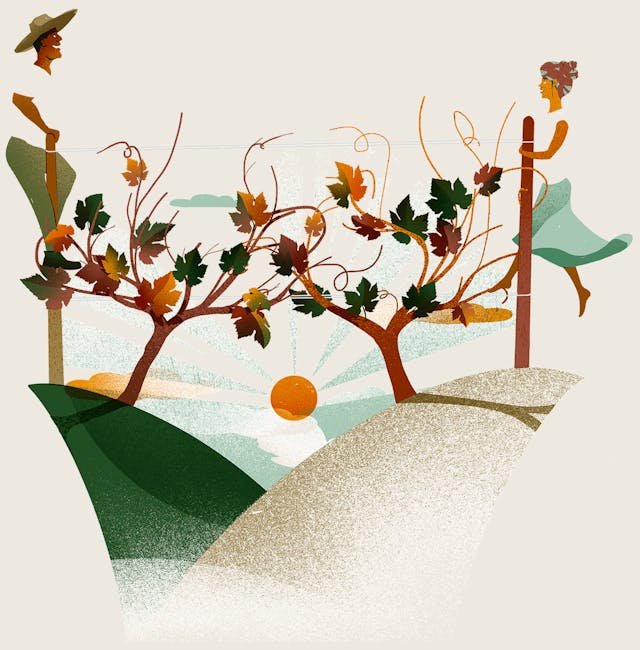Discover..Liguria Region
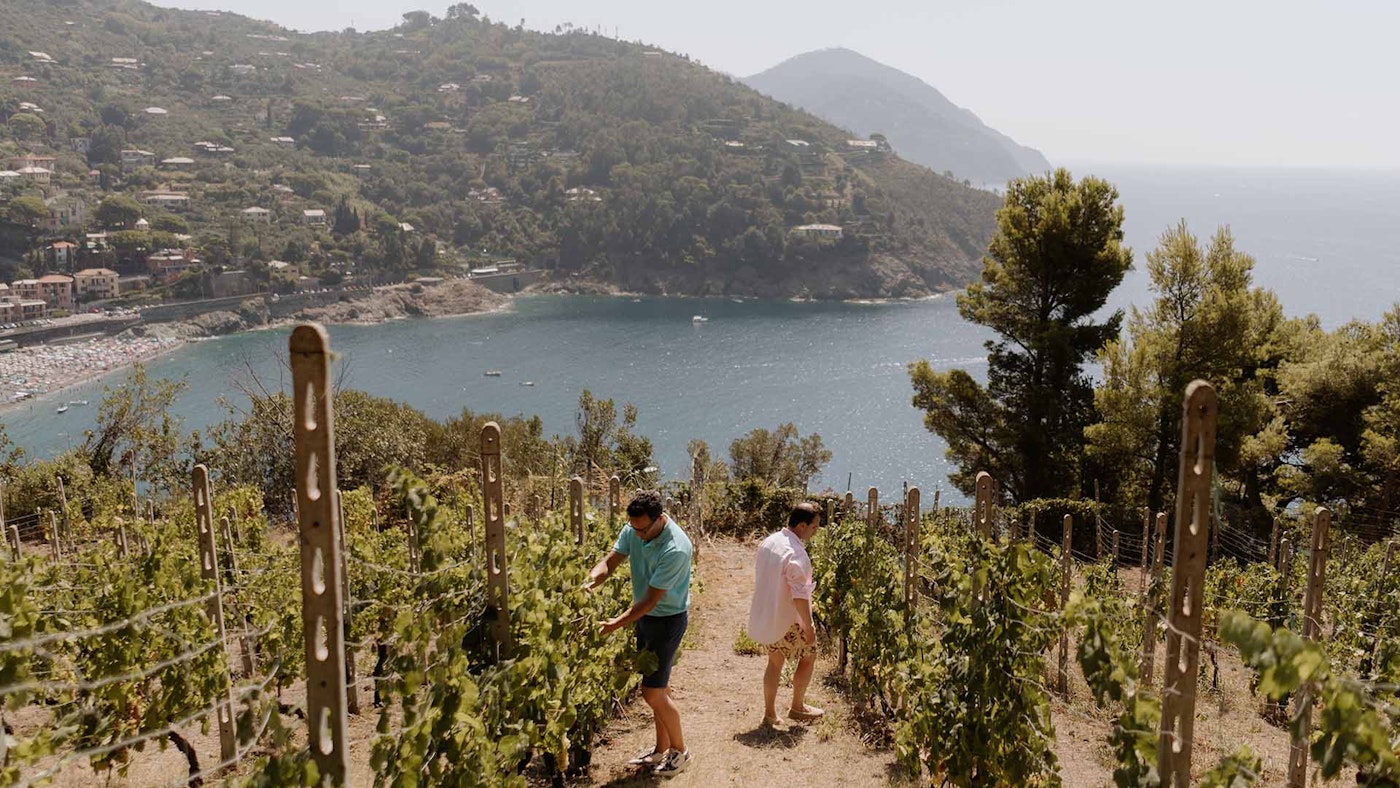
Liguria's uniqueness is first and foremost a question of nature: how many other places in the world can boast sandy beaches and alpine mountains within a few kilometres of each other? The same incredible variety can be found in the food and wine production of this land, a palette of sensations and experiences that are the core and strength of a unique destination for the gourmet tourist.
Viticulture in Liguria
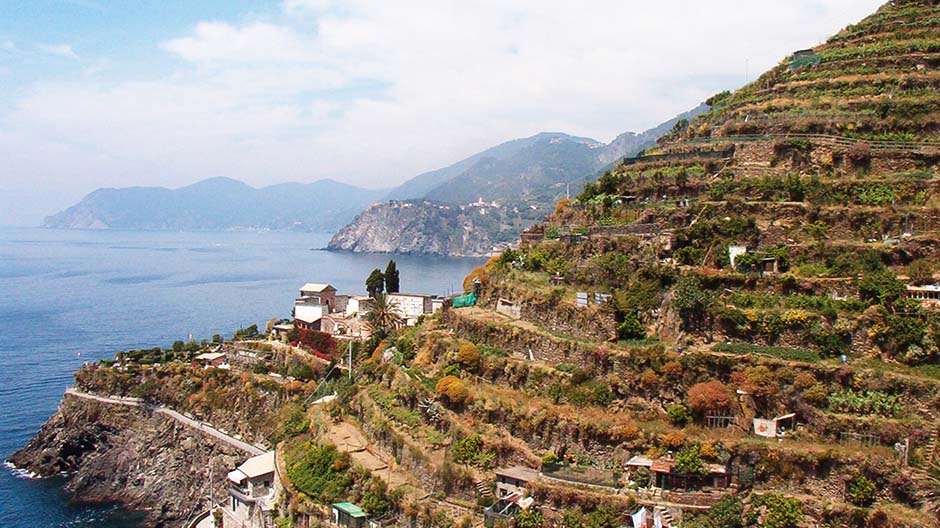
Liguria is certainly one of the Italian regions with the most evocative landscapes, a characteristic that has strongly influenced the food and wine culture of this land and, in particular, the production of wine. It is a landscape without a centre: the sea at the front, which bathes the entire southern part of the region, and the mountains at the back: two conditions that have strongly influenced the gastronomic culture of the region. There is no clear and certain evidence as to how and when the vine arrived in Liguria; many believe that it was introduced by the Greeks, while others believe that it was already cultivated by the Etruscans. We have to wait until the Middle Ages before we have reliable information about vine growing and wine production in this region, when written records tell us about vineyards on the Riviera di Ponente, in the area of today's La Spezia and in the Cinque Terre. The importance of wine and viticulture increased with the development and prestige of Genoa: goods of all kinds, including wine, were shipped from the port of the powerful Maritime Republic. The ampelography of Liguria was probably enriched before the period of the Republic of Genoa, when sailors, returning to the mainland, cultivated small plots of land where they planted vine shoots collected during their voyages to the many places in the Mediterranean. Wine-growing in Liguria can be described as heroic in many parts of the region. Many vineyards - particularly in the Cinque Terre area - are cultivated in steep and rugged terrain, often with no access roads, and can only be reached on foot. In these areas, harvesting is done entirely by hand and the grapes are carried from the vineyard by grape pickers carrying baskets on their shoulders.
The typical varieties of Liguria
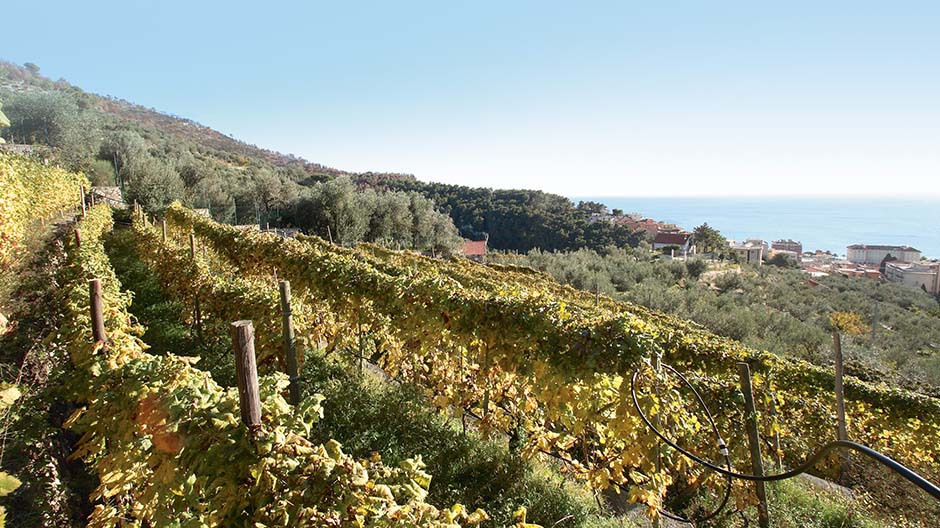
In Liguria there are 8 controlled denominations of origin, the DOC areas of Liguria are: Cinque Terre and Cinque Terre Sciacchetrà, Colli di Luni, Colline di Levanto, Golfo del Tigullio, Riviera Ligure di Ponente, Rossese di Dolceacqua or Dolceacqua Rossese, Val Polcevera - which includes the sub-designation Val Polcevera Coronata - and Pornassio or Ormeasco di Pornassio. Wine is produced along the coast and in most of the inland areas of the region: in Liguria, white wine is mainly produced, especially in the central and eastern areas, while red wine is produced in smaller quantities, mainly in the western part of the region. The most important grape is undoubtedly Vermentino, present in most white wines, while the most widespread red grape in the region is Rossese, once defined as the Nebbiolo of Liguria for its low colouring - a characteristic also of the Nebbiolo of the Piedmont Langhe - and its ability, when vinified according to quality criteria, to produce wines with good structure. The main white grapes grown in Liguria are Vermentino, Pigato, Bosco and Albarola, while the main red grapes are Rossese, Dolcetto - known here as Ormeasco - Ciliegiolo, Sangiovese and Barbera.
The region's denominations
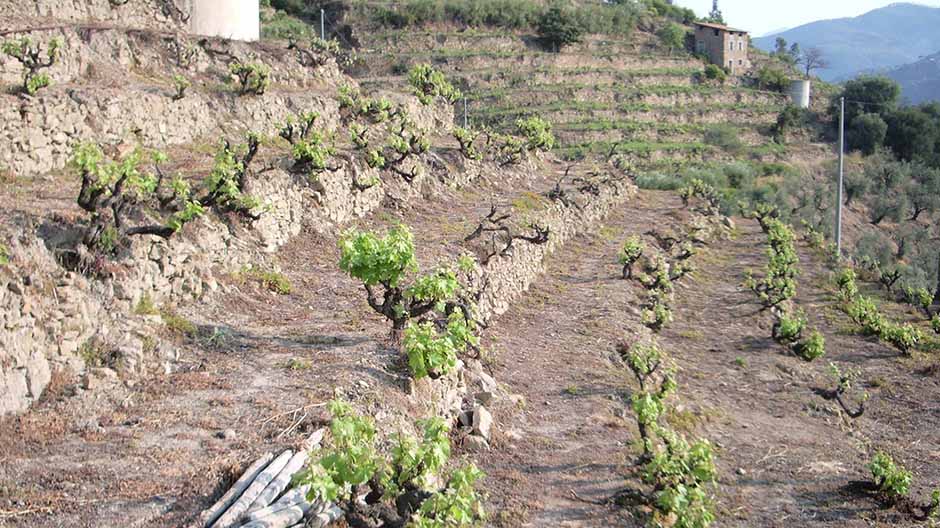
Cinque Terre DOC wines are produced from grapes harvested in vineyards located in the vicinity of the towns of Monterosso, Vernazza, Corniglia, Manarolo and Riomaggiore. The wine-growing landscape of the Cinque Terre is one of the most evocative: vineyards planted on steep slopes, on terraces sloping down towards the sea. The wines of the Cinque Terre are made from Bosco, Albarola and Vermentino grapes, which are used to make dry white wines and the special and rare Sciacchetrà. From an oenological point of view, the most representative area of the Cinque Terre is certainly Riomaggiore, where the three sub-zones of Costa de Campu, Costa dà Posa and Costa de Sèra are defined. The dry white wines of the Cinque Terre are medium bodied, with a good freshness and a very personal salinity, given by their proximity to the sea. The king of the Cinque Terre is the sweet wine Sciacchetrà, known locally and historically as "rinforzato" or "refursà" in dialect, made from overripe grapes dried in ventilated rooms to promote water loss and juice concentration. Sciacchetrà must be aged for at least one year before release, three years for the Riserva version, and is an excellent accompaniment to desserts, especially almonds and dried fruit, or to spicy and mature cheeses. Both Vermentino and Pigato are well represented in the DOC Riviera di Ponente area, particularly in the areas between the cities of Savona and Imperia. As for Pigato, the most famous is the one produced in Albenga, in the province of Savona. On the other hand, in the Val Polcevera and Tigullio DOC areas we find Bianchetta Genovese, the name under which the white Albarola is known, but perhaps the most appreciated denomination is that of the Colli di Luni DOC, where both white and red wines are produced. In this area, which extends to the northern parts of the province of Massa Carrara in Tuscany, the most widespread white grape is Vermentino, used both in its pure form and for the production of Colli di Luni Bianco, to which Trebbiano Toscano and other white grapes are added. Colli di Luni Rosso is made from Sangiovese, Canaiolo Nero, Ciliegiolo, Pollera Nera and Cabernet Sauvignon. Rossese, a grape now considered native to Liguria but probably introduced from France, is the absolute star of Dolceacqua wines. Ormeasco, on the other hand, has its main representative in the new DOC area of Pornassio, where the same grape is used to make Ormeasco Sciac-trà, a light red wine not to be confused with the Sciacchetrà of the Cinque Terre.
